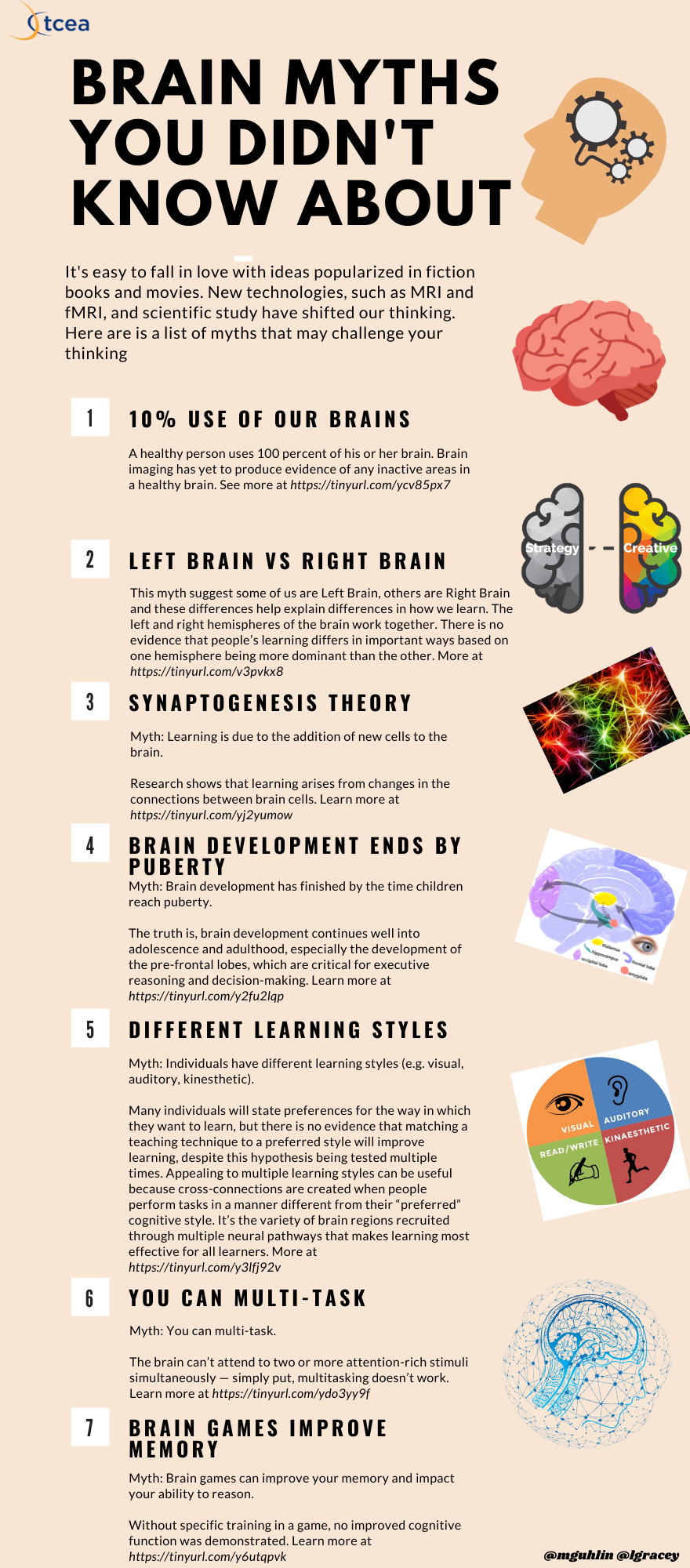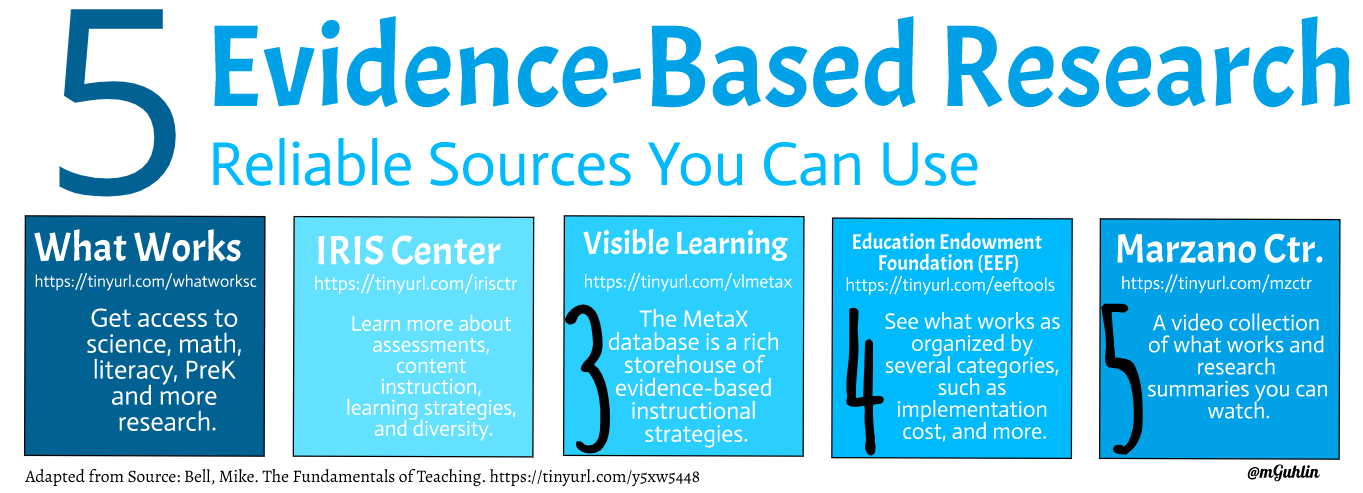Wondering about the connection between brain-based research and high-effect size instructional strategies? I’ve always wondered at what point these two connect. In this blog entry, I’ll try to share my understanding of how they do.
Before We Start, A Quick Reminder
As I’ve mentioned before, there is a plethora of pop research. That is, brain research that is popular, yet inaccurate. Here’s a quick review of brain myths that are completely untrue in case you missed some of the latest updates.

Increasing Long-Term Retention and Performance
If you put brain-based learning in place, you will see increased knowledge retention; it’s simply a fact. What’s more, you will see improved academic performance (source). As we know, brain-based learning strategies affect more than the skills our children learn. They can also affect social and emotional development and improve motivation and attitude.
How might teachers be more deliberate about incorporating brain-based teaching approaches?
Brain-Based Teaching Approaches
Several ways you can engage students’ brain include the following:
- Start positive and cultivate physical and emotional safety in the class.
- Inject suspense into your lesson by adding suspenseful pauses.
- Movement activates the brain. Incorporate movements that support learning activities relevant to content.
- Chunk the learning into small, manageable pieces to scaffold comprehension and processing
- The new and unusual are of high interest to the brain. Create situations or demonstrations that break students out of their learning routine.
- Take advantage of Think-Pair-Share type activities.
Be aware that nutrition, sleep, and exercise also play a key role in brain health. Explore this Wakelet meta-collection on Improving Brain Function.

Blending Brain-Based Approaches and Strategies That Work
As you can see from the chart above, there are a wide variety of teaching approaches. The approaches shown run the gamut from brain-based to high-effect size strategies. The high-effect size instructional strategies address items featured in Hattie’s Visible Learning.
You can see that there are some strategies and approaches that appear on both lists. Those include some of the following. I have addressed missing strategies in other blog entries.
- Teacher-Student Relationships (d=0.48). This strategy focuses on “the quality of the relationships in the classroom. The more safe and supported students feel, the better the academic outcomes (source).
- Practice Testing (d=0.46). Known also as retrieval practice, this involves frequent quizzing over a period of time. It encourages students’ recall of material from memory. The more students recall material learned before, the more significant the retention (source).
- Rehearsal (d=0.73). This refers to mental techniques for helping students remember information. It can include memorization, organizing data at random and then repeating it to a visual cue (source).
As you might imagine, this overlap of instructional strategies has a positive effect. It also signals exactly what strategies we can use to great effect.
“We do not want evidence – we want good evidence, evidence that we can interpret to make a difference in the school and class, and we want big picture thinking based on these interpretations of this evidence.”
Overlapping Research and Experts on What Works
In The Fundamentals of Teaching, Mike Bell presents a compilation of strategies that work. Hattie’s endorsement of his book, quoted above, makes a powerful point. Several areas of research highlight specific strategies. Some of the strategies he sees of value include:
- Prior knowledge
- Presentation
- Feedback
- Repetition
In this blog entry, I’ve shared how brain-based learning research aligns to a few strategies. The ones highlighted in bold are also brain-based. As you might imagine, any solid instruction will incorporate these strategies. Mike Bell suggests teachers can improve learning by first focusing on what works and then second, ridding ourselves of time-consuming, low-effect size practices. You can listen to him present the key concepts in his video below.
I encourage you to continue to explore evidence-based strategies. You can find quite a bit on the topic here at TCEA, in blog entries and online, self-paced courses.
Study the Research

Here are a few reliable sources of research. This list is adapted from Bell’s list. For your convenience, find the links below:
- What Works Clearinghouse – https://tinyurl.com/whatworksc
- IRIS Center – https://tinyurl.com/irisctr
- Visible Learning MetaX database – https://tinyurl.com/vlmetax
- Education Endowment Foundation – https://tinyurl.com/eeftools
- Marzano Center – https://tinyurl.com/mzctr
Brain-Based Strategies
Here are two strategies I rely on. What are your favorites?
#1: Inside-Outside Circle

- Pair students up.
- Form one circle with students facing out (Inside Circle)
- Remaining students find and face their partners (Outside Circle)
- Pose a question and indicate what role each partner will play. For instance, “What are three ways to engage students’ brains?”
Inside partner speaks; outside partner listens.” - Pause for think time.
- Switch roles—the outside partner talks; inside partner listens.
- After that, the outside circle rotates clockwise, and each student ends up with a new partner.
- Repeat process with a new question:
“What is one way YOU start positive with your students?”
Brain-Based Strategy #2: Sage and Scribe
Develop students’ ability to explain concepts in a clear manner. Taking notes or detailing the process in writing also is a surface learning activity, great for introducing new ideas, skills.
- Students work in pairs. Designate one student as the sage (speaker), the other as the scribe (silent writer).
- Ask a question and allow a few moments for sages to think. For example: “Explain how concept mapping works.”
- When the teacher says “Begin,” the sage explains the process to the scribe.
- The scribe writes down the sage’s spoken version of the process on paper (or types it).
- Once time has expired, sage and scribe switch places to respond to a new question. For example: “What is one way you can use bell ringers, or entry/exit tickets, in the classroom?

18 comments
I like learning about the brain. Myths; Multy-tasking, left brain VS right brain, brain development ends by puberty.
Learning: teaching strategies: feedback, practice testing, rehersal, techniques for remembering information. movement activates the brain when is relevant to content.
I love the break down of how to teach and all of the different type of learning and brain breaks.
I like movement break, student social and emotional development.
Excellent Course.
I learned about several ways to engage student brain
I liked the different sections of brain info
Very Informative! We all need movement Break!
Interesting learning
I see the children need to take a break with movement, yoga and they can and should not sit for a very long time.
I don’t like to make comments but it’s an excellent course.
The blog entry or the course that requires you to read it? 😀
Excellent course thank you.
Many different strategies that you could use
Blending brain based strategies and approaches that work
Thank you for informing us about these strategies.
the break down of how to teach and all of the different type of learning and brain breaks
Great strategies!
Excellent information.